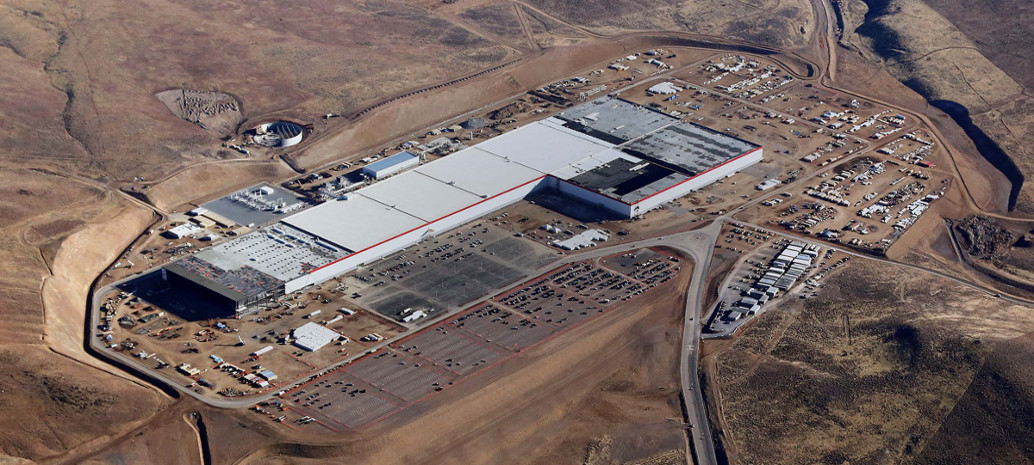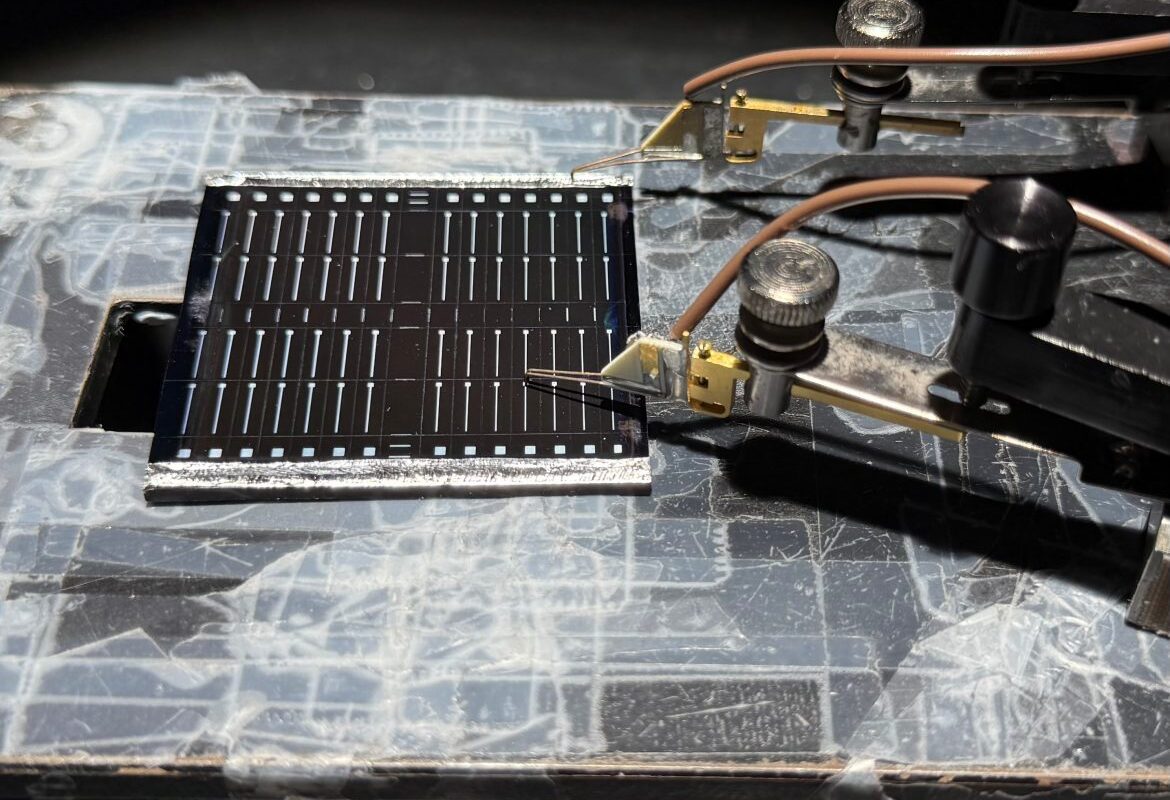Energy storage projects may bring the cost per kWh of a lithium-ion battery down from $10,000/kWh in the early 1990’s to $100/kWh in 2019, according to a new study written by a research team from University of California and TU Munich in Germany, and published in Nature Energy.
This result, if confirmed, would indicate that prices for lithium-ion storage systems are dropping faster than PV or wind technologies, the scientists claim, and that the new combination of solar, wind and storage will soon be able to outcompete coal and natural gas plants on cost alone, due to this price fall. The achievement of the $100/kWh target, however, may be endangered by a recent lack of investment for basic and applied research, the researchers stated. According to the research, in fact, US federal R&D spending declined over the past four decades from about 1.2% to 0.8% of the US GDP.
The scientists have developed a two-factor learning curve model to analyze the impact of innovation and deployment policies on the cost of storage technologies, which includes production volumes and patent activity. This model, according to the research team, explains the recent plunge of battery prices better than both conventional models using economies of scale or a classic experience curve approach, as these usually overestimates prices.
Using this two-factor model the scientists concluded that long-term R&D spending and innovation were crucial to cost reductions. “Our framework supports prevailing technological learning literature that describes innovation as a more critical component of cost reductions compared to deployment” said the research team in its paper.
Furthermore, the team stressed the need for more research in new storage technologies, claiming there is currently no clear prevailing technology, and that a diverse range of options may outlast lithium-ion batteries. “There may be room for a number of different battery chemistries that all provide different services on an evolving grid, some providing voltage regulation and frequency control, and others serving long duration outages and providing back-up for buildings and communities”, the researchers said.
This content is protected by copyright and may not be reused. If you want to cooperate with us and would like to reuse some of our content, please contact: editors@pv-magazine.com.




It’s a never ending story – whenever specific groups (in this case scientists) try to interpret Price Experience Curves (PEC) from their individual point of view it will end wrongly! I remember 20 years ago a discussion with scientists who tried to convince me that more R&D will result in a steeper slope in the PEC (higher Price Experience Factor). This was wrong for this technology and most likely it will be so for Li ion batteries! It is just and only the cumulated volume which determines the slope of the PEC and R&D is necessary to bring cost lower than price for the specific products! In order to be competitive as an individual company or even as an economical region this R&D is a prerequisite to be successful – among other topics like investment subsidies and other support mechanisms.
The comment that cost reductions owe more to innovation than deployment looks like a false dichotomy. Classic economies if scale come from making more of something using the same technology: fixed costs shrink per unit, and more division of labour makes workers more productive. But deployment also drives innovation through learning and faster amortisation of R&D expenditure. The textbook example of a fast deployment ramp, US military aircraft production between 1940 and 1944, enjoyed both economies of scale and rapid innovation.